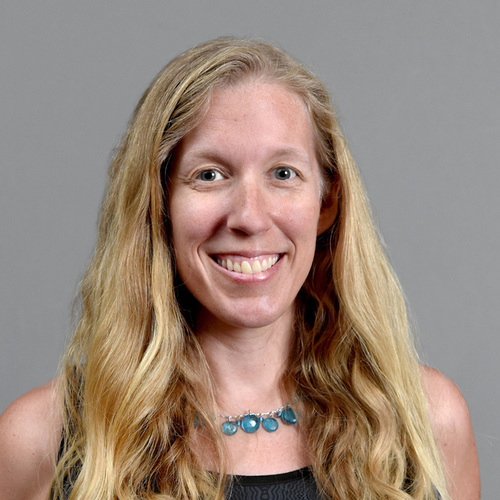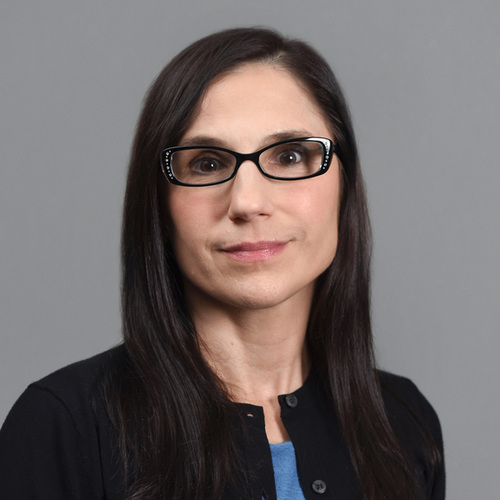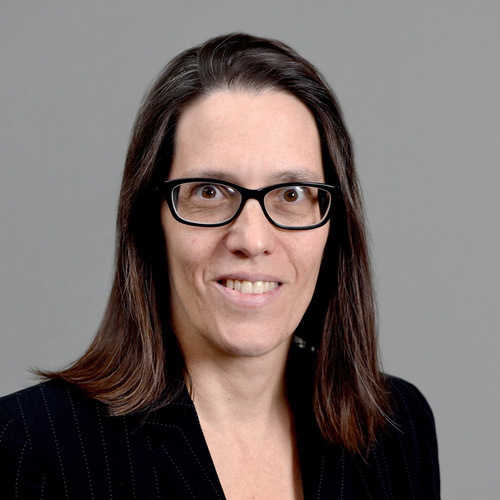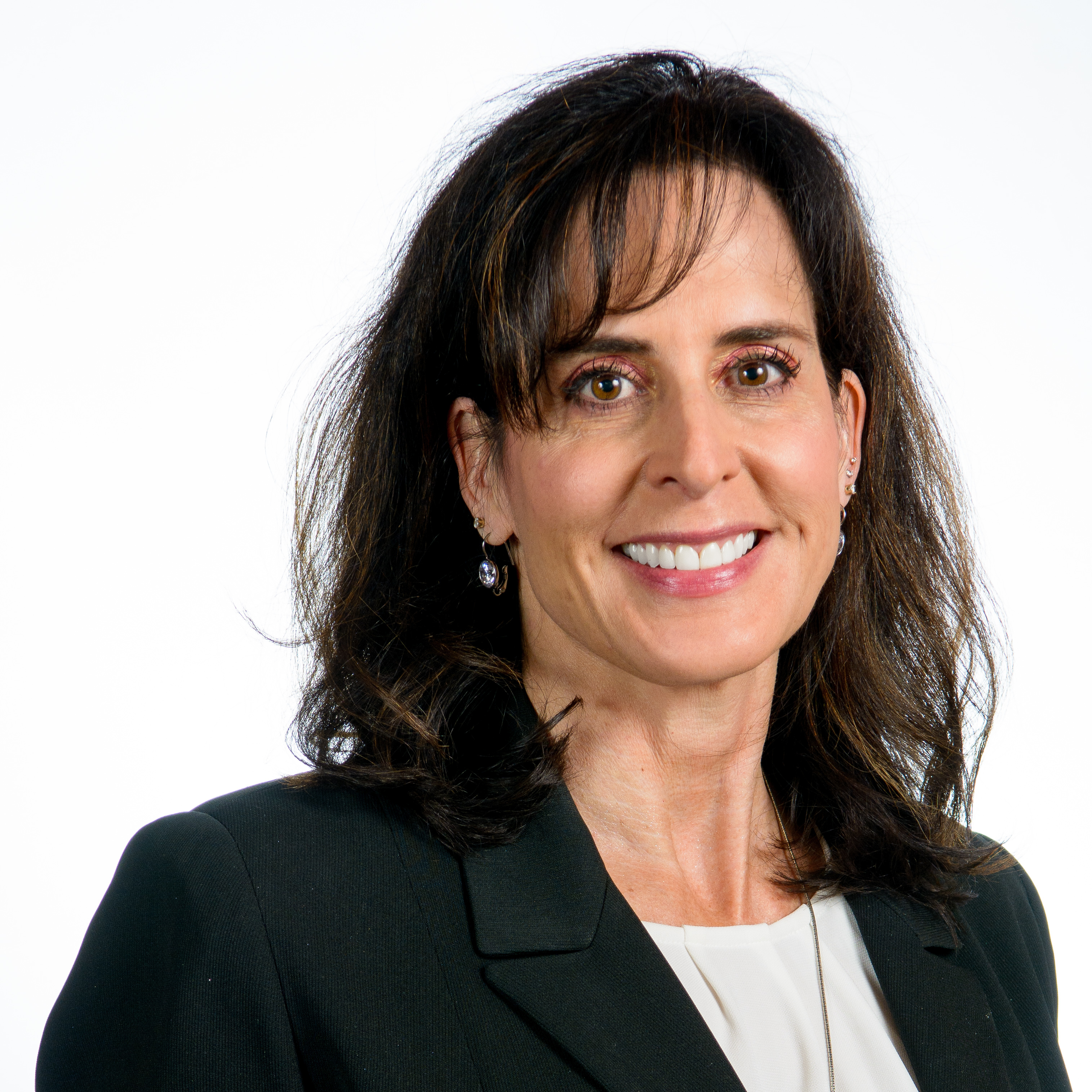The Arizona State University Department of Psychology recently promoted four prevention scientists: Cady Berkel, Anne Mauricio and Emily Winslow were promoted to the position of associate research professor, and Michele Porter was promoted to associate research professional.
All four prevention scientists work in the psychology department’s REACH Institute. The goal of the REACH Institute is to develop and deliver research-based interventions in the community. The work of Berkel, Mauricio, Winslow and Porter reaches beyond the university walls, into the community and across the country.
Cady Berkel
Berkel’s research focuses on the dissemination and implementation of prevention programs that address health disparities. She discovered her research interests when she was an undergraduate student at George Washington University, where she studied psychology, criminal justice, and Latin-American literature. The combination of her coursework and an internship at a pregnancy crisis center in a predominantly Latino neighborhood led Berkel to start thinking about how the disproportionate rates of incarceration, HIV infection, and unplanned pregnancy for Latinos and African-Americans could be related to their experiences in society.
After college, Berkel studied child testimony and juvenile delinquency at the Eunice Kennedy Shriver National Institute of Child Health and Human Development, part of the National Institutes of Health.
“My focus on prevention science really comes from my background in criminal justice,” she said. “Taking away someone’s freedom is a very severe consequence, and often it seems like juvenile offenders had no control over the factors that resulted in their contact with the criminal justice system. I wanted to try to intervene before they started down that path.”
Berkel’s doctoral research at the University of Georgia tested a family-based intervention program for African-Americans who lived in the rural parts of the state. The program reduced risky sexual behavior and substance abuse in African-American teenagers by promoting a positive racial identity.
At ASU, Berkel is working on expanding access to prevention programs by including them in existing systems like family courts, health care and schools.
“There are many prevention programs that are essentially ‘silver bullets’ — they have known positive effects like improvements in sexual health, substance use and mental health, academic achievement and delinquency,” Berkel said. “Yet prevention programs have not solved such public health issues because the people who need the programs have not been able to access them.”
Berkel’s research is funded by the National Institute on Drug Abuse, the Centers for Disease Control and Prevention and the United States Department of Agriculture.
Anne Mauricio
Mauricio started out working in the community before becoming a prevention scientist. In Boston, she worked as a master’s level clinician with children and adolescents referred to her by child protective services or the juvenile criminal justice system.
“The work was exhausting, but I loved it,” Mauricio said. “Because I often found myself wishing for research as a tool to inform my work, I went back to school for my doctorate.”
At Michigan State University, Mauricio earned her doctorate in counseling psychology while studying male perpetrators of violence and continuing her work in community mental health. She joined the ASU REACH institute as research faculty and then completed a post-doctoral fellowship at the REACH Institute. During her postdoctoral fellowship, Mauricio studied how programs are implemented in the community. With funding from the NIH and other federal agencies, she now studies how best to implement and improve intervention programs.
“Implementation science emphasizes a user-centered focus from the very beginning,” she said. “It is a common sense idea that a successful intervention needs to center around the participant, but this idea is just starting to become standard practice in research.”
Emily Winslow
Winslow also came to prevention science after working in the community. She earned her doctorate from the University of Pittsburgh, where she worked on a longitudinal study of the precursors to antisocial behaviors.
“I found myself wanting to do work that was more applied, so I looked for postdoctoral training opportunities in prevention science,” she said.
She found the training opportunity she was looking for at ASU. Winslow received a spot on the psychology department’s institutional postdoctoral training grant from the National Institute on Mental Health (NIMH). Winslow was awarded a career development grant through NIMH, which launched her current research program. Winslow studies how best to engage people in the community who participate in interventions.
“My work uses theories from social psychology, motivational psychology, and health promotion research to study how best to increase the level of engagement of families into research-based interventions,” Winslow said.
Right now, she is testing different engagement strategies in a family prevention program delivered through schools. The program requires involvement from parents, which can be difficult because they have many competing demands that can make participation difficult. Winslow has tested different methods of engaging parents, from fliers sent home with children to a structured phone conversation with parents. In the structured conversation, a provider who was trained by the researchers helps the parents find overlap between their goals for their child and the potential outcomes of the program. The provider also brainstorms solutions to hurdles that might affect the family’s participation, like scheduling conflicts.
The next phase in Winslow’s research is expanding the use of the structured phone conversation. She recently attended a conference funded by NIDA that exposed scientists to the tenets of entrepreneurship. The goal of the conference was to encourage scientists to figuratively leave the lab and implement research-based interventions out in the community. Winslow has also taken classes through ASU Venture Devils and is actively working on expanding general access to her engagement strategies.
Michele Porter
A native of Alaska, Porter started off working in advertising and then as an executive director for the March of Dimes and the Multiple Sclerosis Society.
“I loved helping people and wanted my work to help people in a hands-on way,” she said. “I kept being pulled towards research.”
Porter decided to go back to school and earned her master’s degree and a doctorate in family sciences from ASU. For her dissertation, she completed a cost-benefit analysis of ASU’s Family Bereavement Program, which helps families cope with the loss of a loved one, on the mental health outcomes of participants. Porter determined the cost of the intervention and the mental health savings in societal costs because of the program.
Because she enjoyed her doctoral research, she pursued a career as a research professional in prevention science. Porter worked full-time at the Prevention Intervention Research Center, now ASU’s REACH Institute, while she was in graduate school. She still works with the Family Bereavement Program and also with the New Beginnings Program. The New Beginnings Program helps families going through divorce. Both programs are longitudinal studies, and the New Beginnings Program is now studying the third generation of participants.
“It is wonderful to see the impact the Family Bereavement Program and New Beginnings Program have had,” Porter said. “It’s really amazing.”
Written by Kimberlee D’Ardenne
More Science and technology

ASU student-run podcast shares personal stories from the lives of scientists
Everyone has a story.Some are inspirational. Others are cautionary. But most are narratives of a person’s path, sometimes a…

The meteorite effect
By Bret HovellEditor's note: This story is featured in the winter 2025 issue of ASU Thrive.On Nov. 9, 1923, Harvey Nininger saw…

Why your living environment defines how people perceive you
Stereotypes are pervasive.We've all heard of stereotypes based on gender, race, age or religion. But what about making an…



